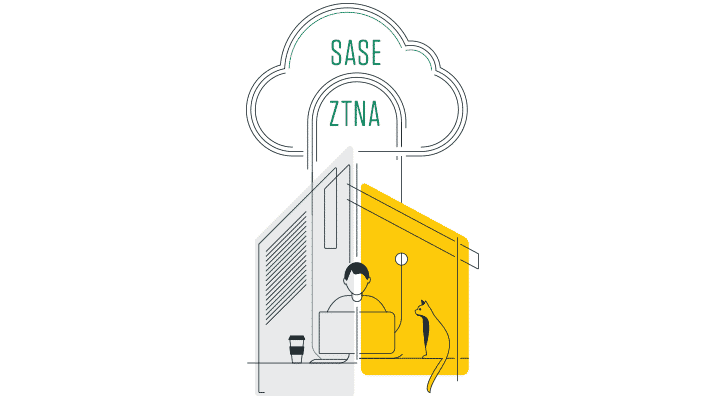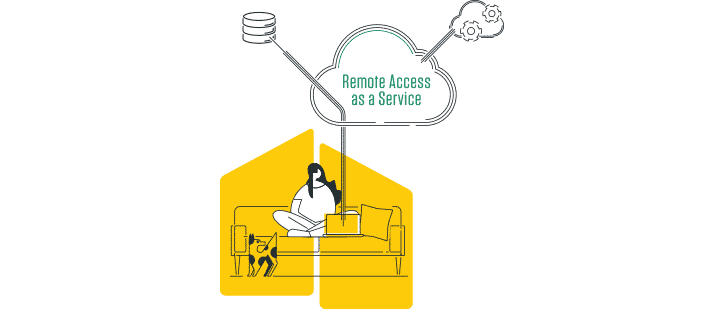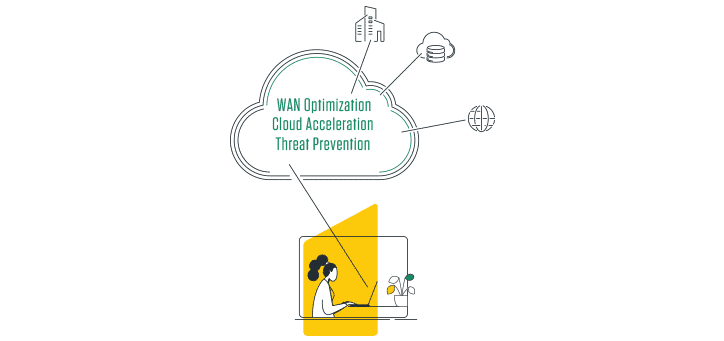|
Listen to post:
Getting your Trinity Audio player ready...
|
Until COVID-19, the majority of employees worked mainly from the office. But then, everything we knew was turned upside down, both professionally and personally. The workforce moved to and from the office, again and again, finally settling into a “hybrid workforce” reality.
For IT teams, this abrupt change was unexpected. As a result, organizations did not have the infrastructure in place required to support remote users. At first, IT teams tried to deal with the new situation by stacking up legacy VPN servers. But these appliances did not meet agility, security and scalability demands.
Now, organizations need to find a different strategic solution to enable a productive hybrid workforce that can adapt to future changes. In this blog post, we cover the three main requirements of such a strategic solution and our technological recommendations for answering them.
(For a more in-depth analysis, you can read the ebook “The Hybrid Workforce: Planning for the New Working Reality”, which this blog post is based on.)
Requirement #1: Seamless Transition Between Home and Office
Most traditional infrastructure, namely MPLS, SD-WAN and NGFW/UTM, is focused on the office. However, there is no infrastructure that extends to remote work and home environments. This extension is required to enable a remote workforce.
Solution #1: ZTNA and SASE
ZTNA (Zero Trust Network Access) and SASE (Secure Access Service Edge) decouple network and security capabilities from physical appliances. Instead, they provide them in the cloud. This solution converges all infrastructure into a single platform that is available to everyone, everywhere.

Requirement #2: Scalable and Globally Distributed Remote Access
Today’s VPNs are appliance-centric, making them resource-intensive when scaling and maintaining them.
Solution #2: Remote Access as a Service
A global cloud service can provide remote access to a significant user base. This will free up IT resources for infrastructure management.

Requirement #3: Optimization and Security for All Traffic
Having remote access is not enough. Teams also need traffic optimization and security for performance and preventing breaches.
Solution #3: A Single Solution for All Needs
Some remote access solutions include optimization and security for all traffic types. This can be done through WAN optimization, cloud acceleration and threat prevention.

Next Steps
A global and agile network and security infrastructure can serve your hybrid workforce and help you prepare for whatever is next. Read the ebook to learn how.










